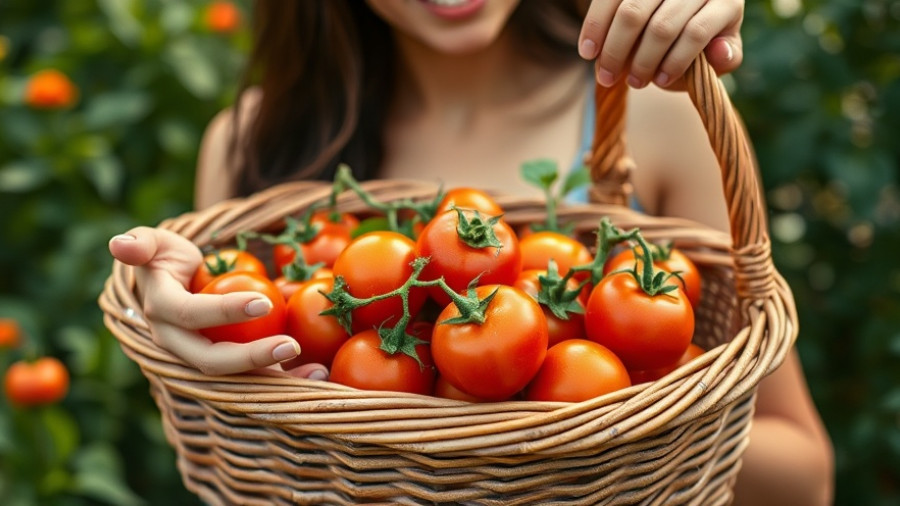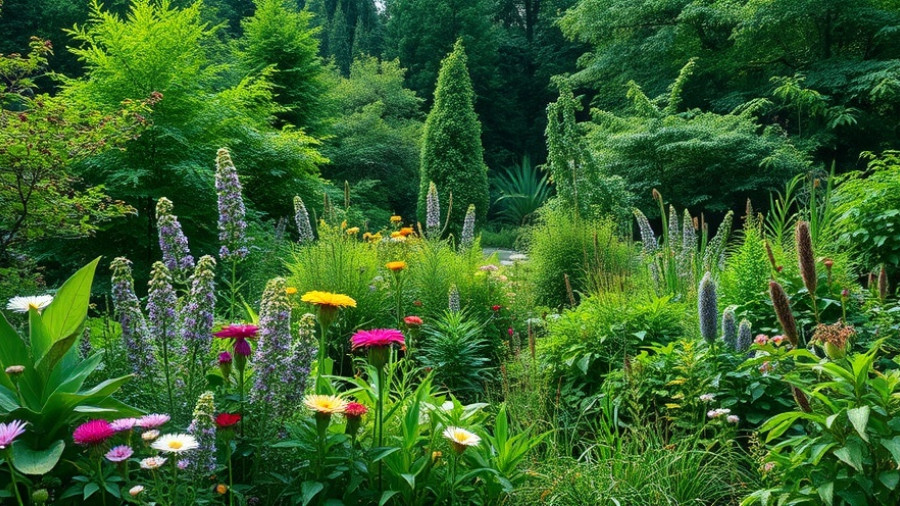
Elevate Your Cooking with Nature's Beauty
Imagine transforming your meals into a symphony of flavors and colors with the addition of edible flowers. It's not just about flavor; it's an art form that makes every dish a feast for the eyes as well. By melding blossoms into your butter, you’re not just cooking—you’re crafting culinary masterpieces.
5 Edible Flowers to Transform Your Compound Butter
If you're ready to take the plunge into floral butter-making, let’s explore five of the best edible flowers you can incorporate into your culinary repertoire.
Nasturtiums: Fire Up Your Garden Butter
Nasturtiums are vivid flowers that not only brighten up your garden but also pack a spicy punch into your compound butter. Their peppery flavor is reminiscent of watercress, making it a versatile addition that pairs magnificently with grilled vegetables or even a bold steak. To create a memorable flavor profile, mix nasturtium petals with a bit of lemon zest before chilling to serve.
Lavender: Dessert Delights with an Aromatic Touch
Lavender isn't just for sachets; its floral notes lend a soothing element to butter that shines in sweet dishes. Combine softened butter with finely chopped lavender, and you'll have a delightful spread for scones and desserts. The floral fragrance makes for a calming addition to any tea-time, enhancing both the aroma and taste of your pastries.
Calendula: A Touch of Sunshine
Commonly known as pot marigold, calendula's bright petals can transform butter into a vibrant gold spread. Its mild flavor adds lovely color and a slight citrusy taste. Adding calendula petals to your butter not only beautifies but also boosts visual appeal paired with crackers or cheese boards. It’s the perfect flourish for gatherings.
Hibiscus: A Sweet and Tart Surprise
Hibiscus adds an exotic twist to compound butter with its sweet and slightly tart flavor. Blending hibiscus petals into your butter creates a stunning deep red hue, perfect for vibrant brunch spreads or as a luxurious topping for pancakes. Furthermore, hibiscus is known for its health benefits, offering a functional ingredient with aesthetic value.
Chive Blossoms: A Subtle Herbaceous Flavor
Take your herb butter to a new level by incorporating chive blossoms. These delicate blooms provide a mild onion flavor that works beautifully on baked potatoes, grilled seafood, or even as a finishing touch for soups. They symbolize the beauty of your herb garden, making them a thoughtful addition to your cooking.
Tips for Successful Edible Flower Butter
When making compound butter with flowers, always ensure they're organic, pesticide-free, and entirely edible. Start with softened unsalted butter and mix in your chosen flowers to taste. Be creative with flavors and pairings; feel free to blend different flower varieties to come up with unique flavors that excite your palate.
The Benefits of Edible Flower Cooking
Using edible flowers isn’t just a trendy culinary move; it brings a range of benefits. They provide a subtle flavor punch, enhance meal presentation, and introduce nutritional elements that can boost your health. Perhaps most importantly, they help create culinary experiences that keep meals fresh and exciting, perfect for impressing friends or treating yourself to something special.
Act Now: Dive Into the World of Floral Cooking!
It's time to brighten up your culinary skills with some floral artistry! Whether you’re a seasoned chef or trying something new, experimenting with edible flowers can elevate your dishes to a whole new level. So gather your blooms, whip up some compound butter, and let nature inspire your next meal!
 Add Row
Add Row  Add
Add 




Write A Comment